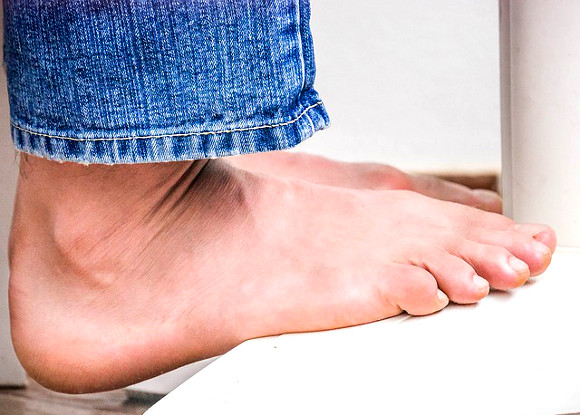Shopping is a favorite female pleasure. The search for a nice piece of clothing, finding discounts and coupons or just buying stuff elevates the adrenaline, brings positive emotions and improves the mood significantly. But to stay happy and satisfied after you return home, you need to do a smart shopping, so you won’t have bags full of clothes that you don’t really like and an empty wallet.
Here you will find 6 smart & money-saving shopping strategies that will make your shopping easier and also help you to have a smile on your face when you get home.

Money-Saving Shopping Strategy #1
The best shopping days are from Monday to Thursday. Why? The crowd in the shops is minimal during the working days. If there isn’t a crowd, the sale assistants will be able to devote more attention to you, you won’t have to wait too much for the changing room and you’ll have enough time to look yourself in the mirror with no one to force you to hurry.
As a result, you’ll be more relaxed while shopping and you’ll have enough time to make a reasonable choices.
Money-Saving Shopping Strategy #2
Wait for the discounts and use coupons. Most brands offer regular discounts and also there are websites that offer coupons for different shops. There is no point to rush to buy a jacket that costs $500, when you know that you can buy it for $250 after a few weeks. Just think how much money you can save that you can spend on makeup or accessories, or even for a small unplanned present for your loved ones.
Money-Saving Shopping Strategy #3
If you like the design, but you don’t like the fabric, buy it in black. Sometimes you can find a dress that looks great on you or pants that fit you like a glove, but unfortunately their fabric or texture is bad. If the price suits you, buy the piece, but in black. Black hides all bad fabrics and textures, and black can easily be combined with everything, so be sure that the dress or pants won’t stay forgotten in your closet.
Money-Saving Shopping Strategy #4
If you’re low on money, buy clothes that are in solid color and have no decorations. Solid color clothes are much easier to combine with more pieces that you already own. Simple clothing without decorations can be like a chameleon that blends into any style. Let’s say that you’ve bought a plain black cotton shirt with long sleeves. You can change its look with a brooch or scarf, you can wear it under a jacket or cardigan and you can wear it over a colorful shirt and let the collar and cuffs to peek under the black shirt.
Whenever you want to save some money, buy multi-functional timeless clothes and build an outfit with fashion accessories.
Money-Saving Shopping Strategy #5
Buy pieces of clothing that you can combine with at least three things that you already own. When going shopping, buy something that will be easy to combine with something that’s in your closet and don’t buy additional clothes to go with that particular piece. Shopping experts recommend to follow the rule to buy clothing that you can combine with things that you already own and also to be able to create three beautiful outfits with it.
If you shop with the hope that you’ll later ‘find’ and buy something to combine the piece with, it’s a risk that’ll get your wallet empty.
Money-Saving Shopping Strategy #6
Answer the question ‘Is it worth to pay that much?’ with simple math. Even though they can be pricey, some pieces of clothing are just worth the investment. But to find out if they’re really worthy, you need to make a simple math.
Let’s say you want to pay a $180 for a nice pair of jeans that’ll fit you like a glove. Ask yourself this: ‘How often will I wear them?’. Jeans are one of the most practical pieces of clothing, so let’s say that your answer would be ’10 times a month’ and that means 120 times throughout the year. When you divide the price of the jeans by the number of times that you’ll wear them, you’ll get that wearing your jeans once will cost you $1.5.
On the other hand, if you buy a skirt for $50 and you wear it only 4 times during the year, the price of one wear is $12.5. With this math the jeans don’t look so expensive, huh?



